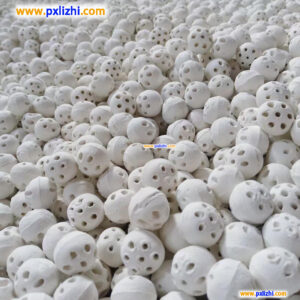
The Ultimate Guide to Inert Ceramic Balls: Applications, Benefits, and Selection Tips
Inert ceramic balls are essential components in various industrial processes, offering durability, chemical resistance, and thermal stability. This comprehensive guide explores their applications, advantages, and how to choose the right type for your needs.
What Are Inert Ceramic Balls?
Inert ceramic balls are spherical fillers made from high-alumina or other ceramic materials. They serve as support media, catalysts, or grinding aids in reactors, towers, and mills. Their inert nature ensures they don’t react with processed materials, making them ideal for sensitive applications.
Key Applications Across Industries
These versatile balls are widely used in petrochemical, environmental, and manufacturing sectors. Common uses include:
- Catalyst Support: Protecting active catalysts in reactors from clogging or damage.
- Gas Distribution: Ensuring even flow in scrubbers and adsorption towers.
- Grinding Media: Enhancing efficiency in ball mills for material size reduction.
Major Benefits of Using Inert Ceramic Balls
Inert ceramic balls provide significant advantages, such as:
- High Temperature Resistance: Withstand extreme heat without degrading.
- Chemical Inertness: Resist corrosion from acids, alkalis, and solvents.
- Improved Efficiency: Optimize processes by reducing pressure drops and enhancing mixing.
For reliable performance, consider sourcing high-quality inert ceramic ball products from trusted suppliers.
How to Select the Right Inert Ceramic Balls
Choosing the correct type depends on factors like material composition, size, and operating conditions. Key tips include:
- Match alumina content to your process’s thermal and chemical demands.
- Select sizes based on tower or reactor specifications to maximize surface area.
- Evaluate crush strength for high-pressure environments to prevent breakage.
Frequently Asked Questions
What materials are inert ceramic balls made from?
They are typically composed of high-alumina, silica, or zirconia ceramics, chosen for their robustness.
Can they be reused?
Yes, their durability allows for cleaning and reuse in many applications, reducing long-term costs.
Take Action Today
Ready to enhance your industrial processes? Explore premium inert ceramic ball solutions tailored to your requirements. Contact us for a consultation or browse our catalog to find the perfect fit!